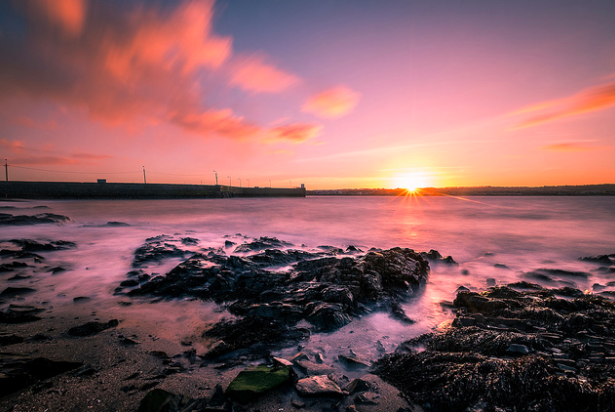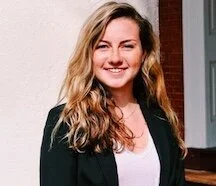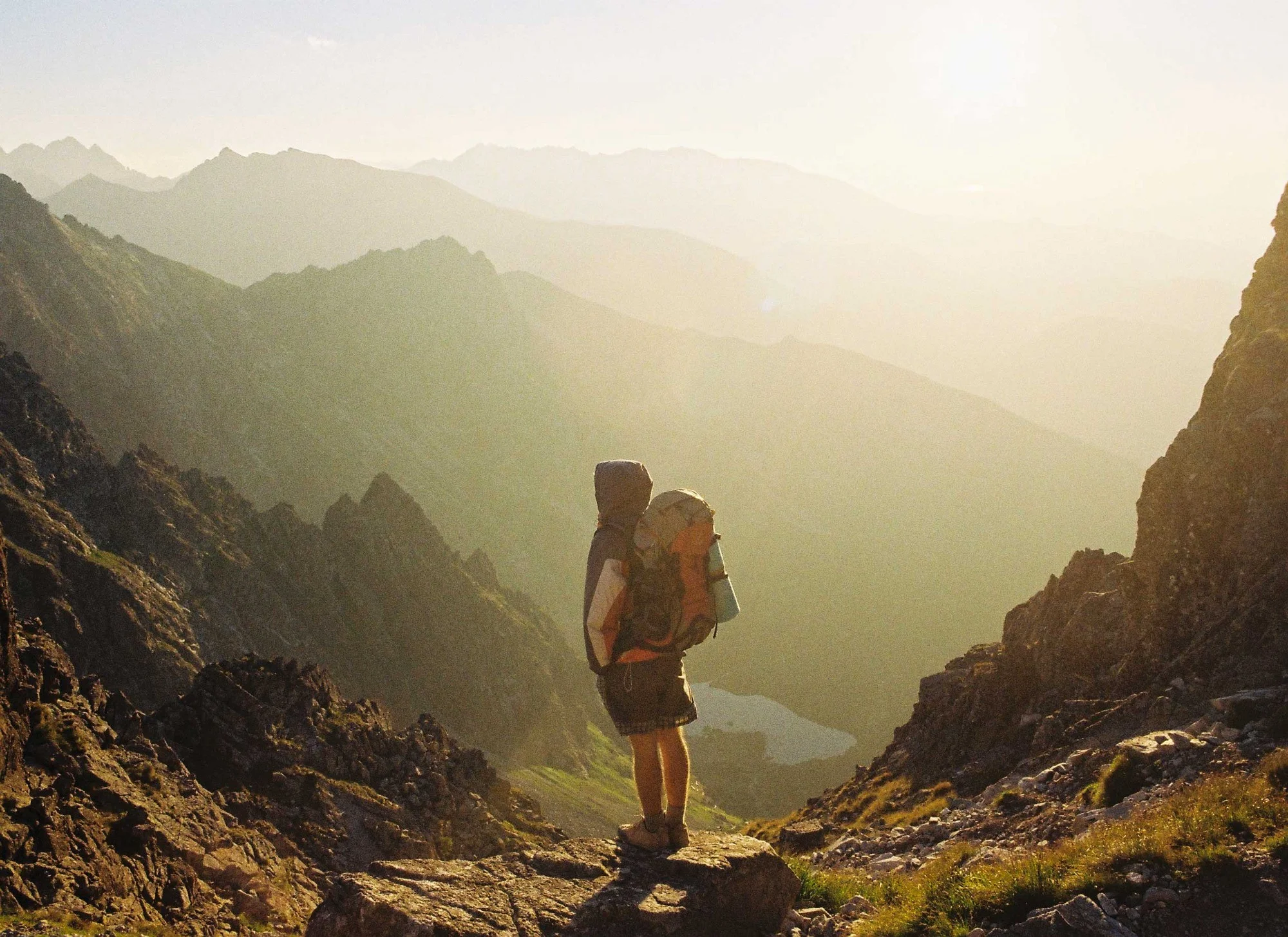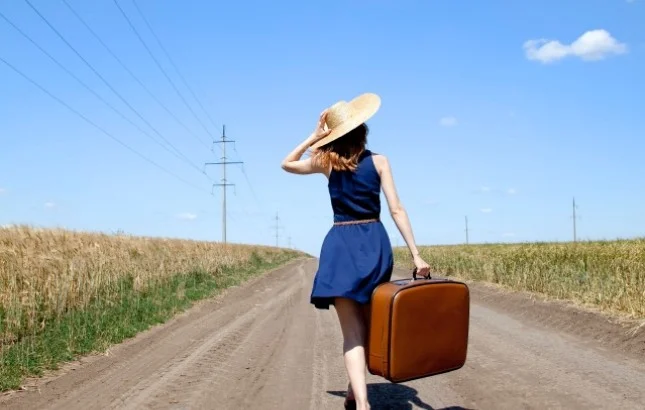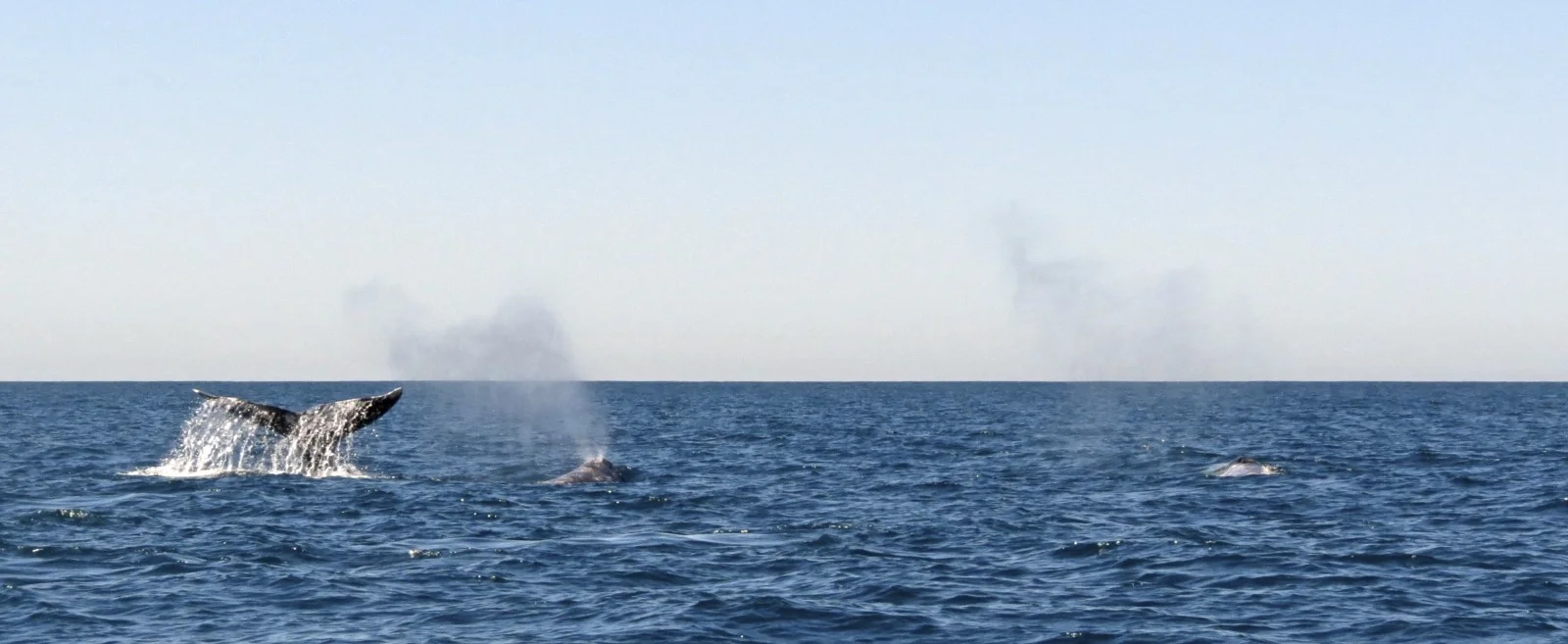Impact Travel Alliance (ITA) is an organization that seeks to raise awareness about sustainable travel. The nonprofit defines themselves as a “community of doers and dreamers united by a love of exploration and doing good.” This community has grown over the years, since its birth under the name Travel + SocialGood, to its current embodiment of 15,000 advocates and 20 chapters in cities worldwide. Together, this community that was once imprisoned into a niche is breaking into the mainstream and spreading the word that tourism can be used to make a difference. Kelley Louise, the Founder and Executive Director of ITA, recently offered CATALYST some answers to questions about the role of her team’s work in raising awareness about sustainable travel.
When did you start ITA and what inspired you to begin this movement?
I always knew that I wanted to work within the travel industry and make a positive impact but when I started I didn’t exactly know how that would take shape. When I started learning about sustainable tourism, I felt like there was this huge part of the industry that had a lot of potential. But there wasn’t really a community that I felt like I would want to be a part of within the industry. What’s cool about ITA is we are a global community of changemakers around the world and there’s strength in our numbers. That is very valuable in terms of being able to collectively work together to push the industry forward. Community has always been at the forefront of what we’re building and creating. We have global conferences. We have local chapters. We have a media network. We’ve developed those initiatives based off of the need from the industry as well as feedback from the community at the same time. It has come to life in a very organic way for that reason.
The original name of ITA was Travel + SocialGood. Is there a specific reason for this and if so, what was the intent behind it?
Yes, and we have a full blog post on this subject. However, to give a general overview: I wanted something that really reflected who we had grown to be as an organization. Again, having something that was really focused on community at the forefront. “Alliance” was something that made you feel like you are part of something bigger than yourself. The big push was having a name that felt more inclusive as well as reflective of the organization we had grown into…
For those who want to learn to travel with a more sustainable mindset but don’t fully understand the concept, how exactly do you define sustainable tourism?
To distill it into its easiest definition I would say that it is tourism that has a positive impact on the environment, the economy and the culture of the destination you are visiting. It has that triple bottom line approach to it. We [ITA] try to make it easier to understand in order to get more people excited about being involved in this movement.
The 2018 Thought Leadership Study, released by ITA as a research endeavour about the growth/need of sustainable tourism, mentions that the goal of ITA is to reach out to the “average traveler”... How inclusive is this definition of your average traveler?”
The average traveler is your mother in law or your uncle or your brother or someone who isn’t already necessarily trying to do good. We are looking at the entire industry. I think the big push behind everything we do is to build a more impactful industry. Sustainable tourism is not a new concept. It’s been around for a long time but when you look at the average consumer base of people who are traveling, they are not traveling sustainably. Most travelers, even if they want to travel and make a positive impact do not know how. They might also not know that their travels can be sustainable. You can apply sustainable tourism to any type of travel whether that’s a cruise in the caribbean or a business trip to Chicago.
The Thought Leadership Study also says that big entities and corporations (i.e. Expedia) aren’t necessarily readily offering the opportunity to travel sustainably.. If this is so, how does an average traveler come across experiences that are “sustainable”?
The biggest thing travelers can do is to understand that sustainability is a journey. Everyone is constantly evolving and constantly doing better. Sustainability in itself can always be improved. It comes down to a lot of little changes that make it easier over time. As an organization, we’re focused on progress over perfection. Additionally, it’s important travelers understand sustainability is a lifestyle. If you look at your own lifestyle and what you do on a day to day basis and then start making travel decisions, those sustainable habits will become second hand nature. For example, straws. It’s great that everyone is switching straws; either using an alternative or not at all.. What’s cool about this model for sustainability is that it opens the door to a wider conversation. [This transition away from straws] might make it easier to remember a reusable bag or to try to purchase something not wrapped in plastic. If you were to try to completely cut plastic out of your life, it would be very hard. It’s a lot easier to take the first step.
Another good point about making decisions when traveling abroad is in regards to how you are spending your money and what products you’re buying. If you’re buying a souvenir, think about where and how its made. Where is the money going? Is it ethically sourced? Were labour practices done well? Where are you going to sleep at night? All these little decisions should be considered through the lens of sustainability. Question: How am I having an impact on the world around me through these purchase decisions?
You mentioned that sustainability is a concept that has been around for awhile. Why is now the best time for growth and why is the marketspace ready?
There are a lot of reasons. In a way, it's almost a perfect storm of things coming together from different directions and different sides of the industry. A core part of what contributes is that consumers are seeking sustainable experiences. There is a want within the industry to create these products and platforms [with reference to statistics in the Thought Leadership Study]. There is research that backs up the fact that people want to have a positive impact on the destinations they are visiting. It’s a better experience at the end of the day; more immersive to the given destination.
There’s also a huge need. We have more and more travelers each year, creating issues like overtourism. In Barcelona, for example, people are protesting the tourists. In Thailand they shut down a beach too many tourists were visiting and destroying. Sustainable tourism offers a way to have a more innovative approach towards issues of the like. There’s a need and business case for it. Sustainable tourism is a great business decision. You can increase your profits. You can increase brand loyalty. There’s many reasons but these are the three core reasons. There’s a rise in demand. There is a need because of over tourism and there’s a business case for sustainability.
Does traveling sustainability anticipate that some destinations should be visited over another out of respect for issues like overtourism? How does this decision play into sustainable travel?
It’s all about being mindful about how you spend your money. In terms of choosing a destination, consider how you can make an impact on that community. That might mean that if they are protesting tourists in a certain city then perhaps you consider going in the off season or you consider staying outside city limits. It’s about being considerate of the locals. There is always going to be different [decisions to make] for different destinations. Doing research beforehand can be beneficial. You can also ask the locals how to be a respectful tourist. Do you stay in a homestay? In a hotel? How can you have that high positive impact on the destination you are visiting?
How can we get involved? Both with your organization and with this movement —in small and large part?
On our website, impacttravelalliance.org/get-involved, we have a list of ways to get involved. Whether you’re a business owner or a traveler, whatever side of the industry you’re on, there’s a ton of ways to get involved with our organization. There’s not a one-size fits all. In general, I would start with the little habits. They make a big impact over time. When we’re all working together towards the greater good then there’s a lot of contextual impact over time.
ELEANOR DAINKO is an undergraduate student at the University of Virginia studying Spanish and Latin American Interdisciplinary Studies. She recently finished a semester in Spain, expanding her knowledge of opportunity and culture as it exists around the world. With her passion to change the world and be a more socially conscious person, she is an aspiring entrepreneur with the hopes of attending business school over seas after college.

















